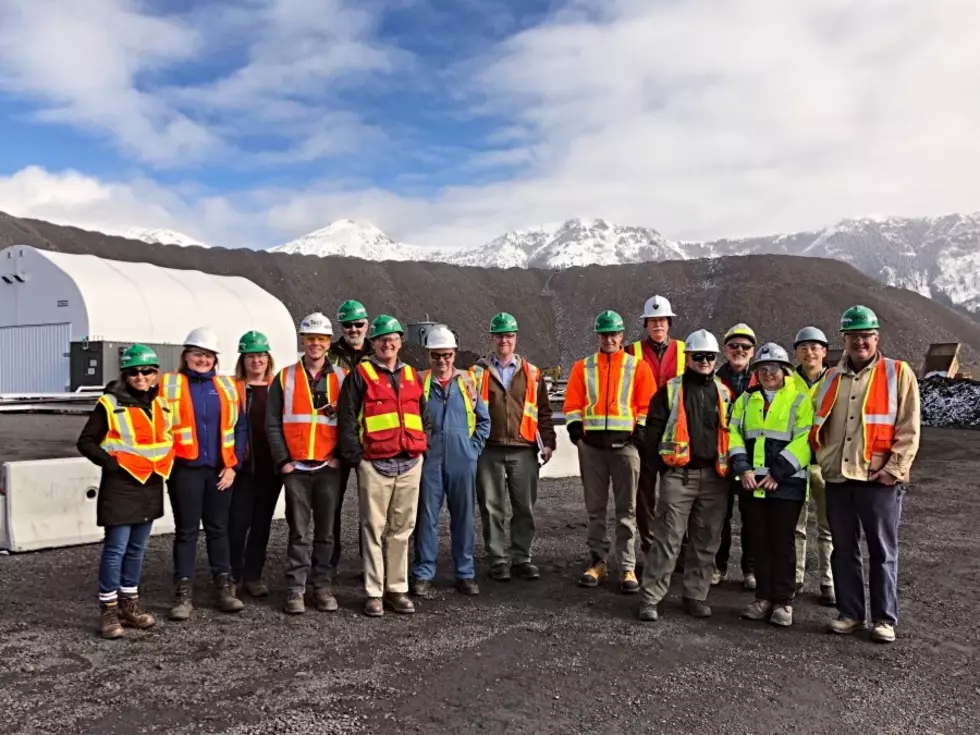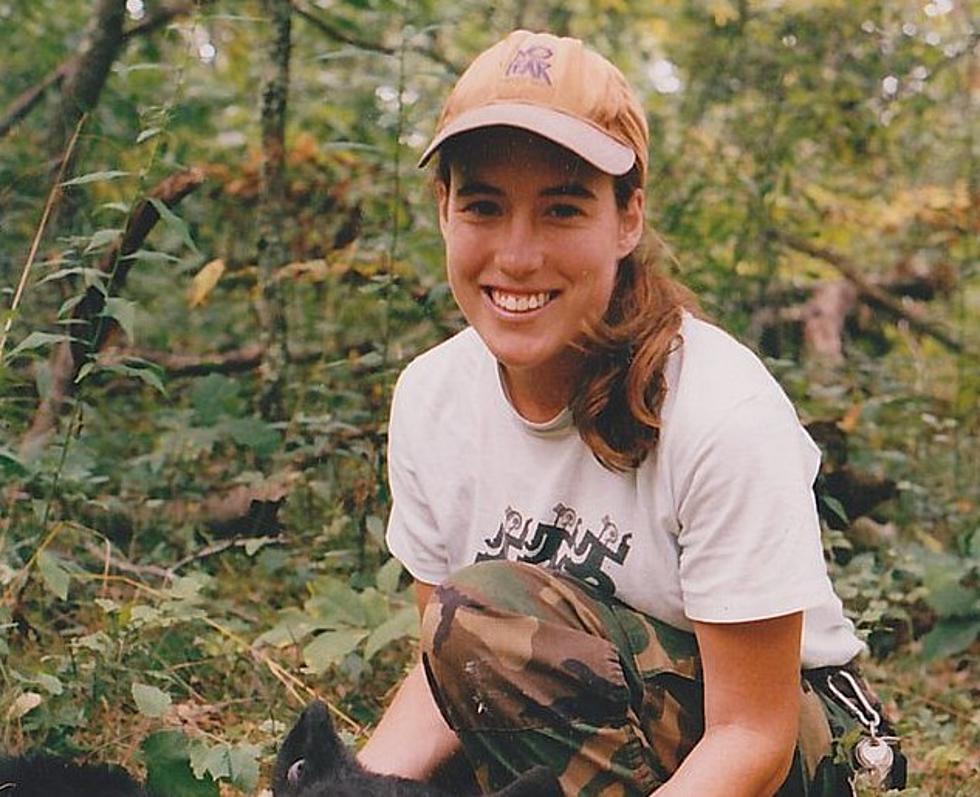
MSU Research Helps Protect Water from Mine Waste
BOZEMAN — When Lisa Kirk came to Montana State University for graduate school, she was seeking answers to something that had puzzled her as a geochemist in Idaho.
While helping to develop methods of treating waste rock at phosphate mines, she had observed surprisingly low levels of selenium, a naturally occurring element that can become concentrated in mine runoff, harming livestock, fish and other organisms. She couldn't explain the phenomenon in terms of traditional chemistry. But, probing the question further, she found that microbes — something outside the normal scope of geochemistry — were probably playing a role.
"I got so excited that I decided to quit my job and go back to school to study it," said Kirk, who earned her doctorate in ecology and environmental sciences from MSU in 2014.
Fast forward to today, and the research she conducted at MSU's Center for Biofilm Engineering is being applied in the form of a technology called saturated rock fill, or SRF, to reduce selenium at Teck Resources Limited’s steelmaking coal mines near British Columbia's Elk River, which flows into Lake Koocanusa near the Montana border. In a large pit of waste rock allowed to fill with groundwater, naturally occurring bacteria convert the selenium and another contaminant, nitrate, into harmless forms.
"Saturated rock fill is very effective and very fast at treating water," said Kirk, now an affiliate professor in MSU's Department of Chemical and Biological Engineering and the principal biogeochemist at the Bozeman-based consulting firm she founded, Enviromin, which employs 10 MSU graduates from microbiology, engineering and other fields. "We just need to create the conditions that allow the microbes to succeed."
The treatment has proven so successful since Teck developed the first saturated rock fill in 2018 at its Elkview operation — which is currently treating about 2.6 million gallons per day — that work is underway to double its water treatment capacity by the end of the year. Teck is now planning for future water treatment facilities at their steelmaking coal operations to also be SRFs.
"The saturated rock fill technology developed in collaboration with MSU is playing an important role in Teck’s work to ensure the watershed is protected," said Liz Karbashewski, manager of applied research and development at Teck. "SRFs are quicker to implement, have a smaller environmental footprint and work just as effectively as other forms of water treatment."
The treatment method, which involves adding relatively small amounts of a carbon source for the bacteria to feed on while they consume the selenium and nitrate, is an outgrowth of Kirk's interdisciplinary research with Brent Peyton, professor of chemical and biological engineering in MSU's Norm Asbjornson College of Engineering.
Kirk chose MSU for her doctoral studies because of its highly regarded Center for Biofilm Engineering and Thermal Biology Institute, she said. While conducting lab studies at MSU to explain how conditions in certain areas of the Idaho phosphate mines allowed the native, selenium-consuming microbes to thrive, word got around to other mining companies, including Teck, which asked Kirk to serve on an expert panel assembled to advise on the most effective ways to reduce selenium runoff in the Elk River Valley.
In 2011, MSU partnered with Teck to study whether the findings might have potential at the company's steelmaking coal mines. When the MSU researchers took rock samples from the mine sites and analyzed them in Peyton’s lab, they found the selenium-reducing bacteria in nearly every one.
According to Peyton, who has decades of experience studying bacteria in unique environments such as the thermal features of Yellowstone Park, it turns out there are diverse microbes in many environments that are capable of doing what the bacteria do at the mine site. "It's just a matter of feeding them and encouraging them to do what we want," he said.
The research coincided with increased availability of rapid DNA sequencing technology that allows researchers to identify previously unstudied microbes and even see when certain genes are turned on when the organisms are activated by something in their environment. When she was first studying geochemistry for her master's degree in 1990, "we didn't have those tools," Kirk said. "We knew that biology played a role in some of these systems, but we couldn't understand it fully without today's technology. Now we can pinpoint many different biochemical pathways."
The new treatment effort with Teck, which also includes collaboration with SRK Consulting and the University of Saskatchewan, is a product of the Center for Biofilm Engineering's culture of partnering with industry to solve practical problems, Peyton noted. "This is a direct industrial application of academic research," he said. "It has been amazing to go from concept to lab studies to full-scale treatment, working with industry across international borders."
Peyton and Kirk serve on an expert advisory panel that has helped guide Teck as the company implements the new treatment method and explores how it can most effectively protect water quality in the Elk Valley.
Kirk said her passion is applying the technology even more widely. "If we can promote these biological methods of treating mine-affected water for other mining operations, we have an opportunity to change the face of mining," she said. "I think that's really exciting."
- by Marshall Swearingen, MSU News Service -
More From KSEN AM 1150









